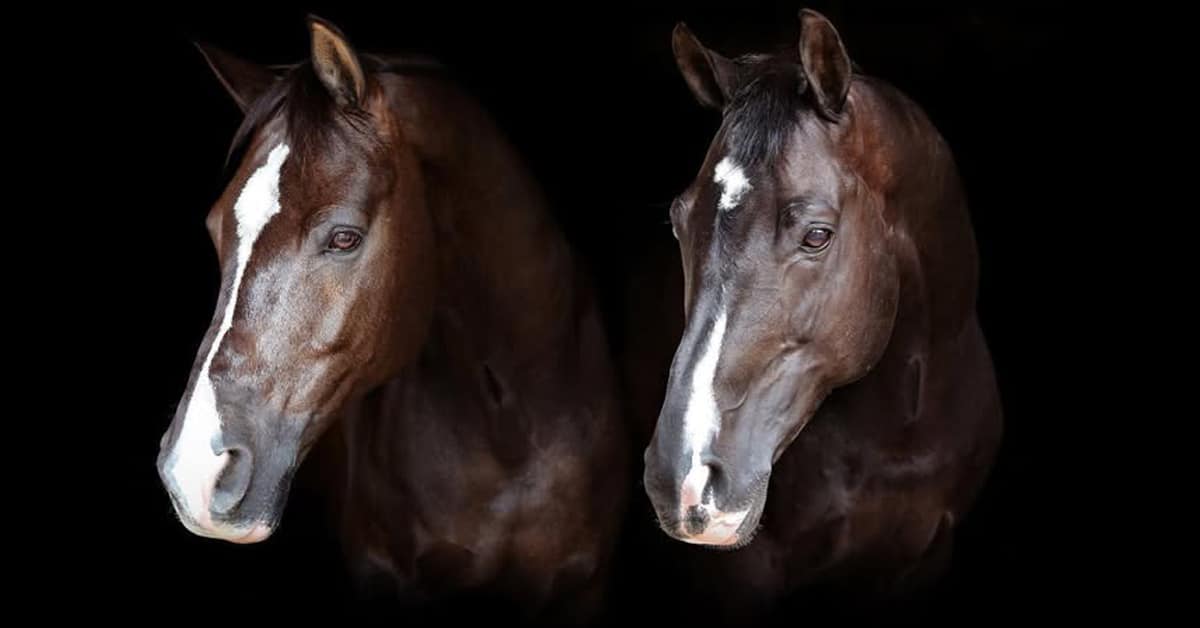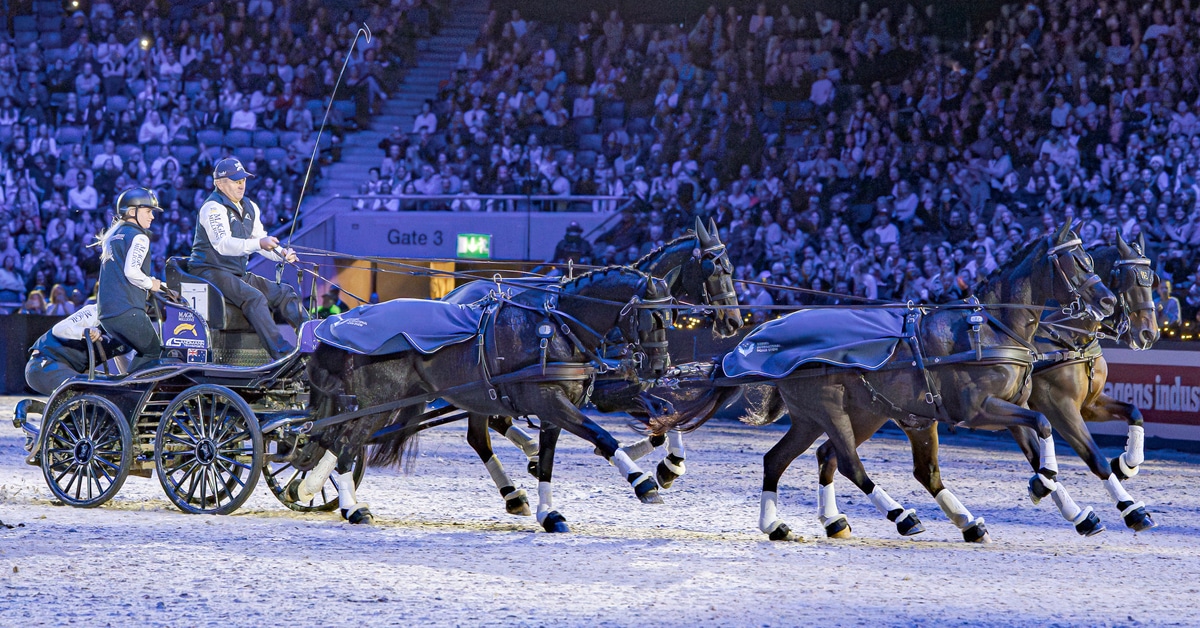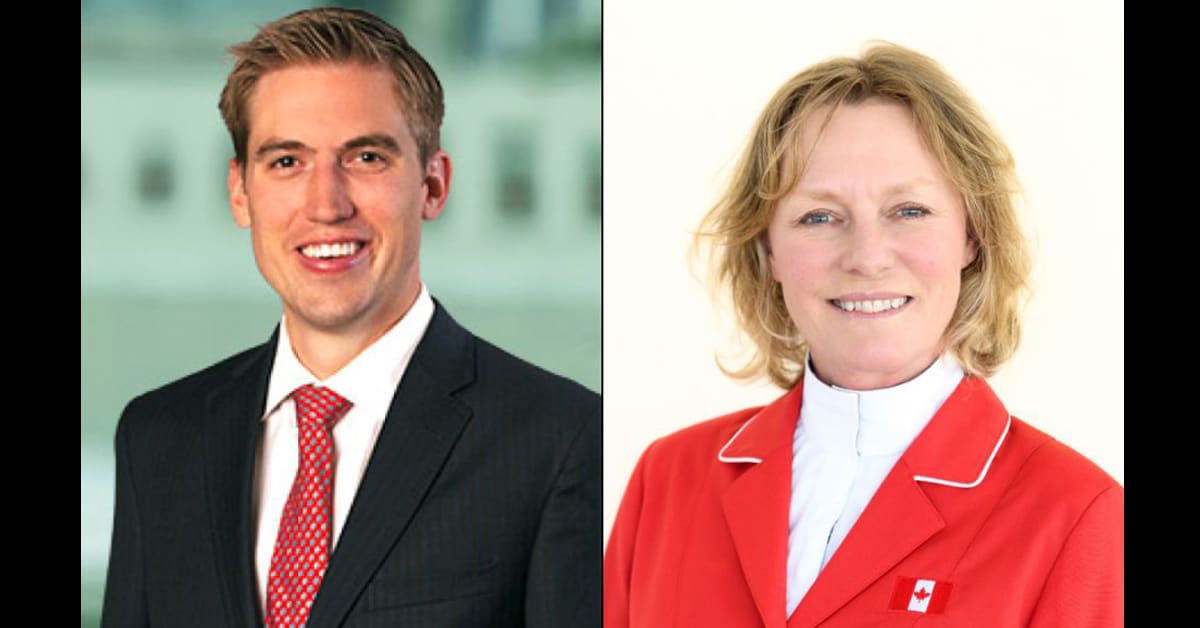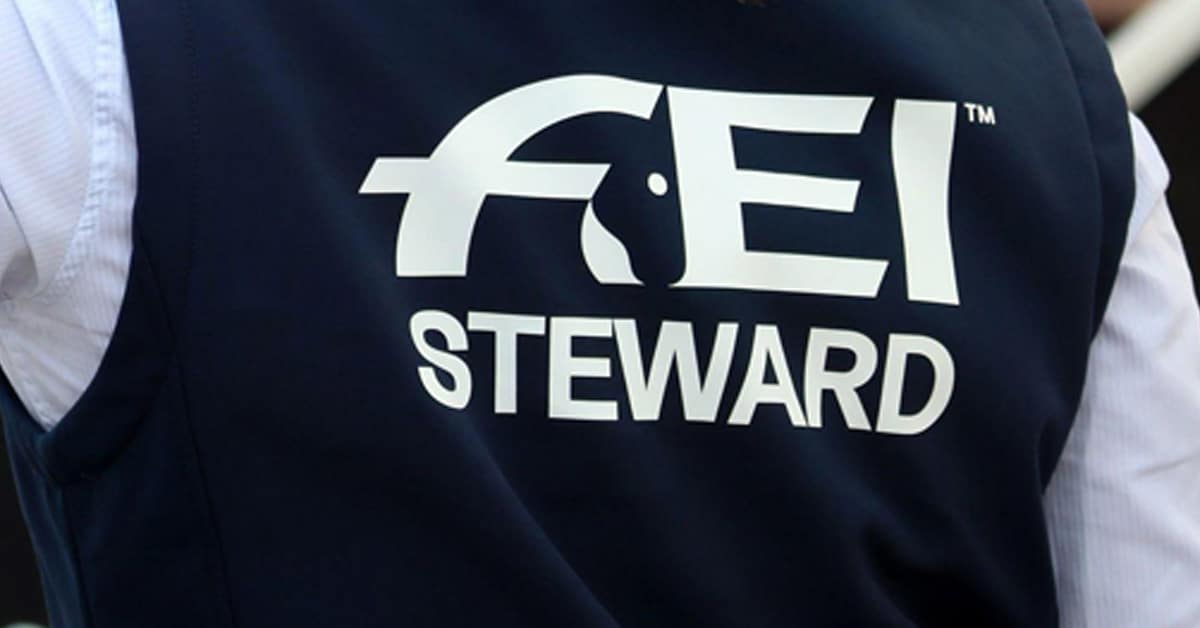Horses likely to be infected with EHV-1 were allowed to leave the showgrounds at Valencia a week before the FEI was formally notified that an aggressive form was circulating at the popular Spanish show center. To date, nine jumping horses have died.
In the past two weeks, allegations that organizers continued with competitions and allowed horses to come and go even when cases were suspected in early February have been widely published in European media, notably in Germany – which suffered the first two fatalities – the Netherlands, Sweden and France.
The FEI has now taken the unprecedented step of publishing a detailed timeline. The document starts with a statement that the FEI was not formally notified till the afternoon of February 20, when it was told some horses left on February 14. The FEI concluded that virus transmission began as early as February 1.
The timeline refers to other aspects of poor and tardy management by both the Spanish health authorities and equestrian bodies, who have been slammed on social media by riders traumatised by the experience. Criticisms include a chronic absence of isolation boxes, with stalls imported for the emergency substandard and too small [Editor’s note: FEI regulations require just a minimum two isolation boxes plus one for every 100 additional horses.] There is also anger that the Spanish head national vet did not arrive until February 27.
As recently as March 2, the official riders’ representative Carl-Walter Fox (Sweden) described conditions as a “living hell” and said there was a desperate shortage of personnel experienced in managing a “catastrophe.”
The timeline comes as 1,500 horses are making their way back to northern Europe, a road trip of 4,000 km-plus for many, stopping off at a large number of hastily-arranged quarantine barns. Some riders were so anxious to get out of Valencia and the now-cancelled Sunshine Tour venue further south in Vejer de la Frontera that they left without their horses’ passports and health papers. There are reports of trucks being turned back at the French border.
Key points from the timeline include:
- February 20 – The FEI Veterinary Department is first informed by onsite FEI Veterinary Delegate in the afternoon that 11 horses had fever; later the same day, there were 20.
- At the same time, FEI is told four suspected cases left the venue on 14 February and became sick after returning to France; this prompted the FEI to cancel Valencia, order other organizers not to accept Valencia horses, and trace and block on the FEI database the 752 in-contact horses, which latter was achieved within 48 hours:
- February 22 – regional branch of Spanish Ministry of Agriculture (MAPA) formally takes over the venue.
- February 23 – all organizers across Europe received lists of horses and riders which had been in Valencia; national federations of those already home told to advise their national health authorities;
- February 24 – first time the Spanish health authority publishes official notification;
- February 25 – it falls to athletes to tell the FEI that conditions had deteriorated, with the FEI asking the Spanish equestrian federation and the European Commission to intervene, especially as regards additional veterinary personnel.
- February 26 – first recorded death. Of 150 horses still on the venue, 72 showed clinical signs of EHV-1, and of 47 tested, 17 positive;.
- February 27 – Second fatality; arrival of Spanish national head veterinarian.
- February 28 – Support mats coordinated by FEI and France, with slings and extra stabling coordinated by FEI;
- March 1 – FEI cancels all events in mainland Europe. Tour-type shows in the Iberian peninsula and Italy allowed to continue in a “bubble” to stagger departure of horses, but Vejer de la Frontera eventually called off on March 5 after two cases. One horse in Doha which had been in Valencia tests positive;
- March 3 – Two more horses which had been in Valencia die, in Barcelona (northern Spain) and Germany; 83 horses in Valencia still being treated no longer require support by slings; there are “improved communications” and agreement over protocols only reached this same day. Reported case in Ocala not linked to Valencia;
- March 3 – temporary stables arrive but are substandard, so replacements sought; they arrive March 6.
- March 4 – Two more offsite deaths; Sweden reports returning horses have tested positive and show clinical signs.
More News










